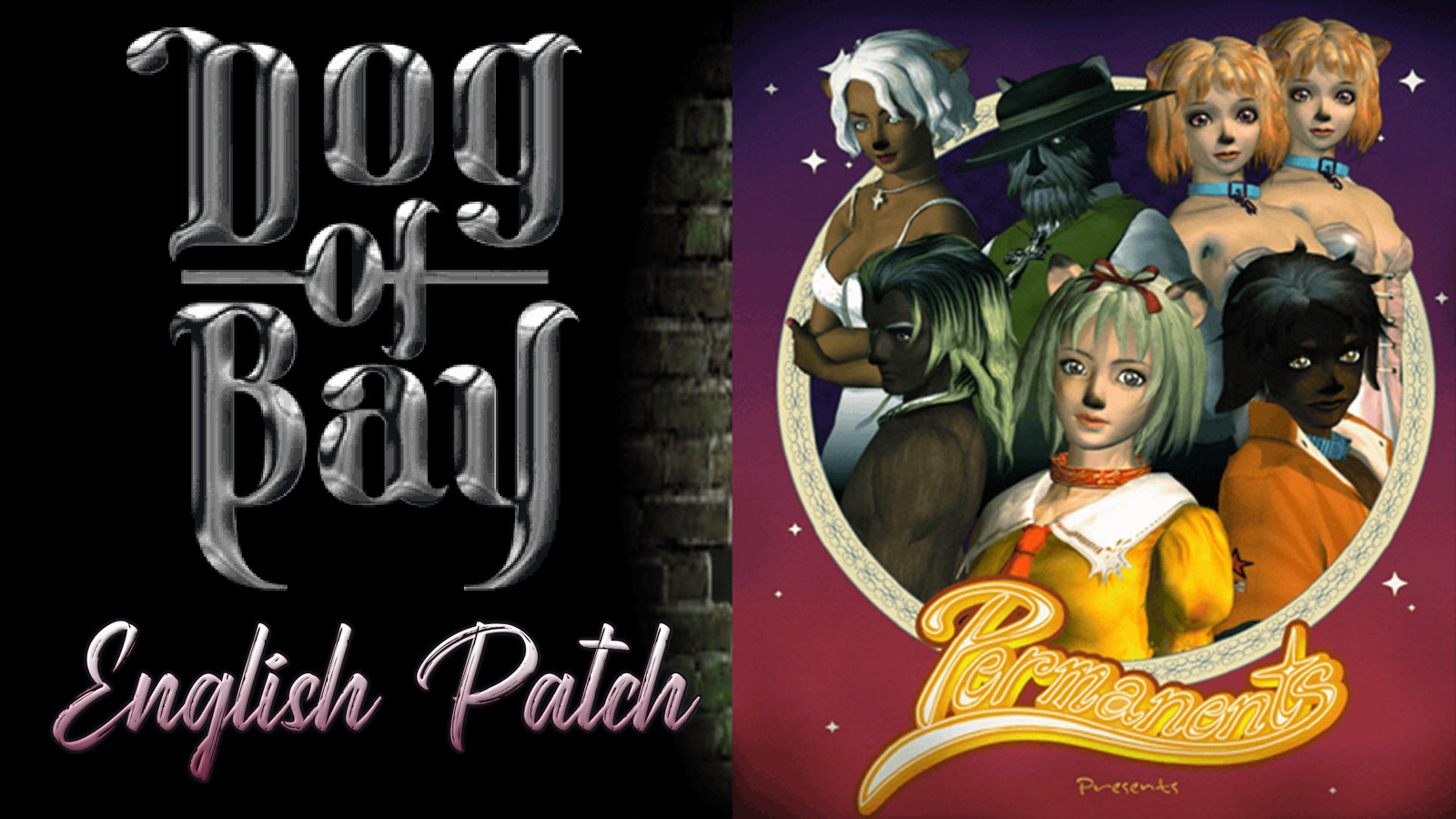Dog of Bay
The release of the English translation for Dog of Bay makes this the third English translation we've covered done by Hilltop and the company. The first translation project that we covered for the PlayStation 2 was The Maid Uniform and Machinegun, an interesting beat-em-up with maid robots protecting their masters with enough weapons to host an armory. Much like Maid Uniform, Dog of Bay also has a very interesting premise, and on paper it was a stellar idea. The execution of said ideas left a lot to be desired from the story mode to the gameplay itself.
Fans of rhythm games and unique Japanese exclusive PlayStation 2 era games can check out the translation patch as well as read the included Read Me file which explains a lot about the game's backstory. To paraphrase, stray dogs have found solace through music and dance at an abandoned warehouse-turned-cabaret-bar known as PERMANENTS.
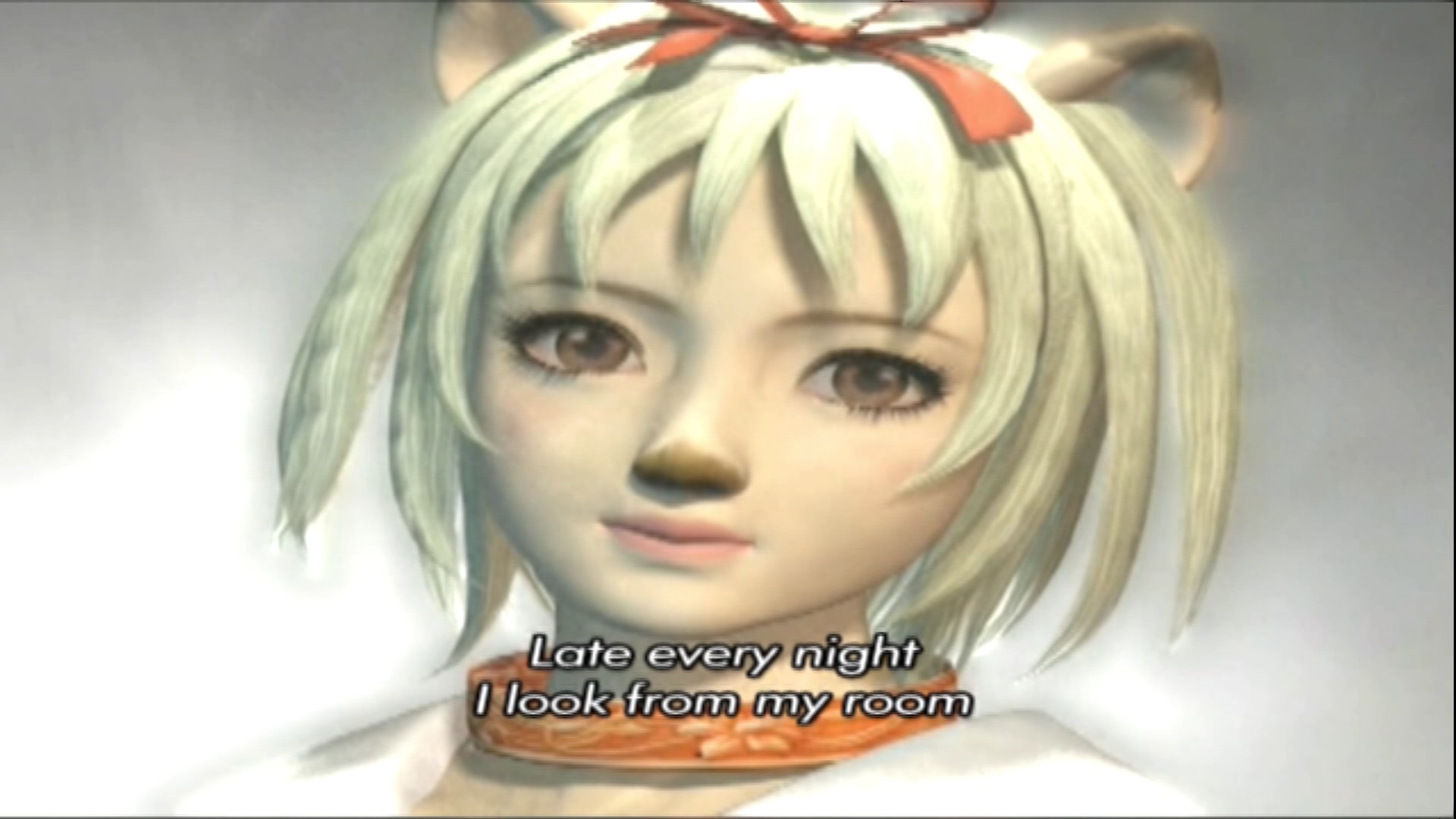
Of the many performers, there was one Dalmatian who went by Camus and he was the best among the others. After leaving for the "outside world" only to return to the underground, there is a mix of performers who are ecstatic, confused, and overall hold him in content for various reasons.
The leading lady in this game, Sarah, has a history with Camus and is currently "dating" her manager, Johnny. It's clear that Sarah still has feelings for Camus and vice versa, but with rivalries and friendships revisited amongst the others in PERMANENTS, how everything unfolds depends on how the player performs. Dog of Bay has influences grounded in various Broadway-style musicals, most notably Cats. This comes as no surprise that the entire cast is star-studded, featuring voice talent who have performed in musicals as well as release albums.
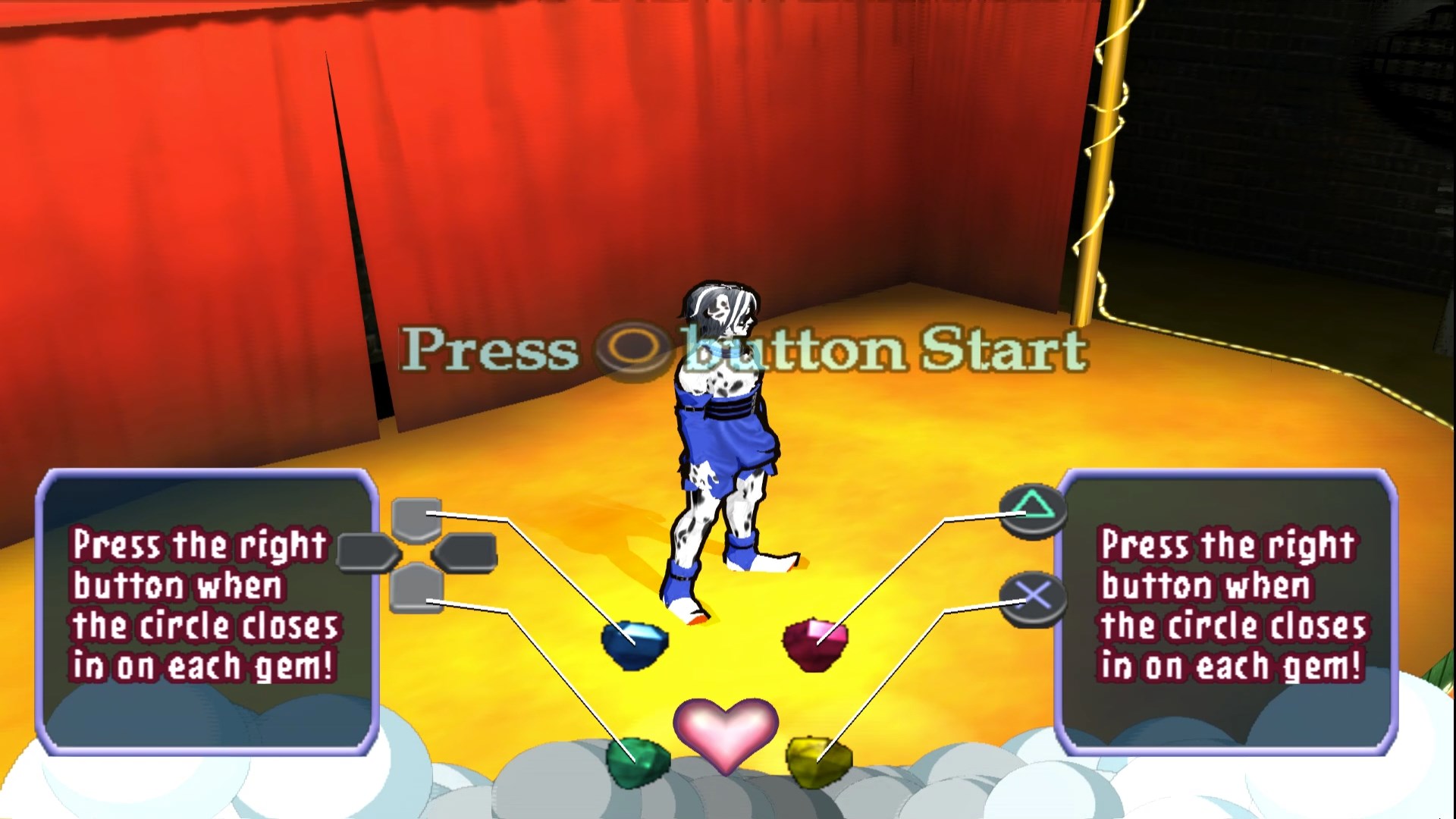
Sarah's acting and singing voice for example is credited to the late singer, Minako Honda, who was a popular Japanese singer in the 1980s and was one of the names mentioned during the City Pop panel I attended at Otakon. Camus is voiced by Mayo Suzukaze, who is best known for her role as Kenshin Himura in Rurouni Kenshin. What's not so known to fans of the anime outside of Japan is that Suzukaze was previously a takarasienne. The Takarazuka Revue is an all-woman music theater trope that encaptures most of what Dog of Bay represents.
As the story unravels itself through the songs and dance performances that players must clear in order to advance, the gameplay, unfortunately, starts to rip at the seams of an otherwise fine outfit. Each "chapter" in story mode is split between several characters, each with their song and dance, and stories tied to PERMANENTS.
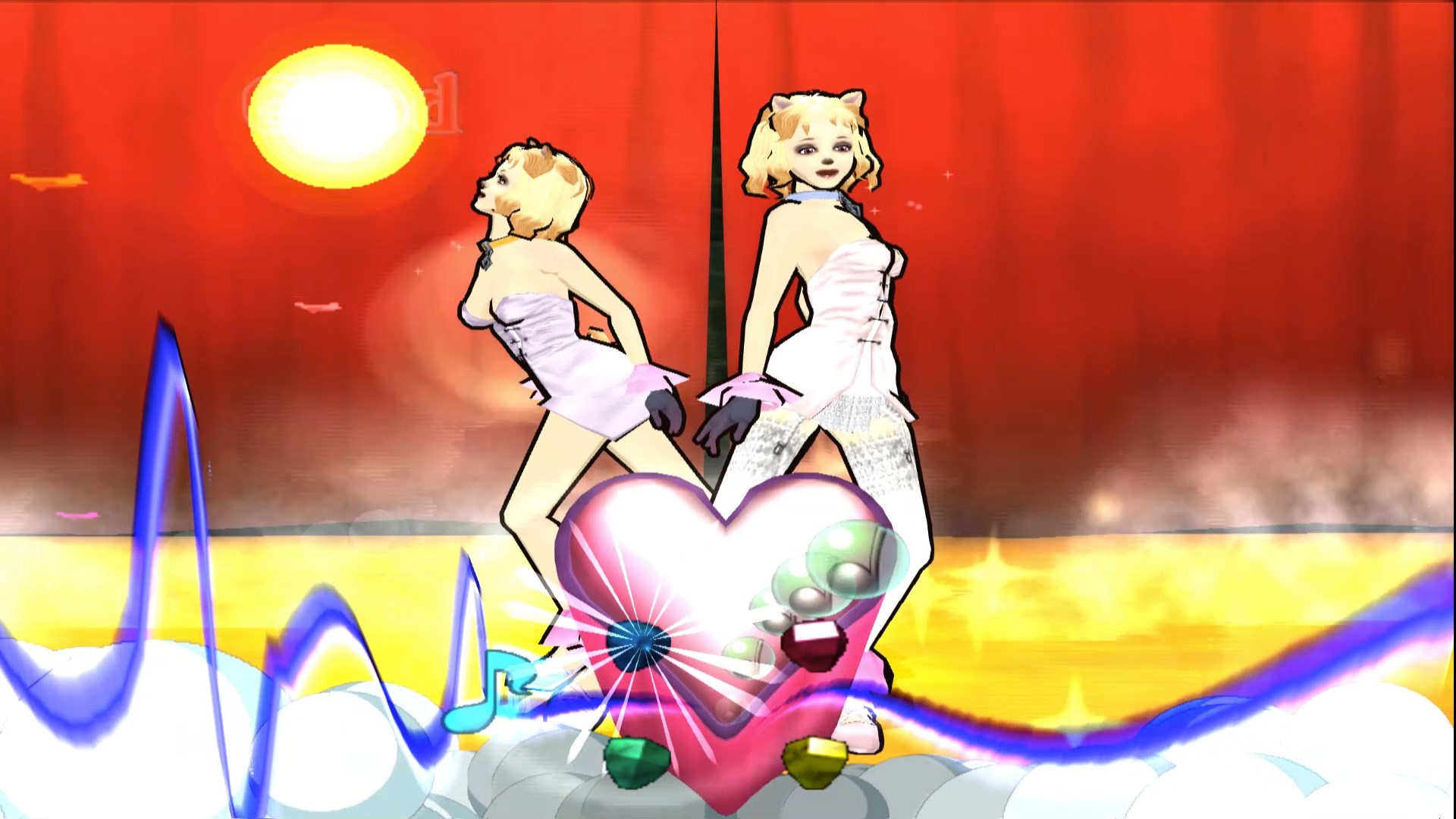
To clear a song, players have to press the Up and Down directional buttons along with the Triangle and Cross buttons to the rhythm of the music. It's a pretty simple system to follow, similar to other games like Loud. It actually does the narrative storytelling leagues better than Loud, but Dog of Bay has the absolute worst GUI I've played from a rhythm game.
In most games, the area to see the notes is usually in a location that's easy to see, for the player's benefit. Obstructed vision means that the player can't see where the notes are coming from, even if they are able to catch the rhythm of the beat. A metronome is provided for the player to circumvent this, but the notes are so huddled together that it's impossible to determine when a note has to be pressed more than once. Worse, if there are a plethora of notes coming at the player with a fast tempo. What's worse than "worst?" The visuals are far too distracting as well.
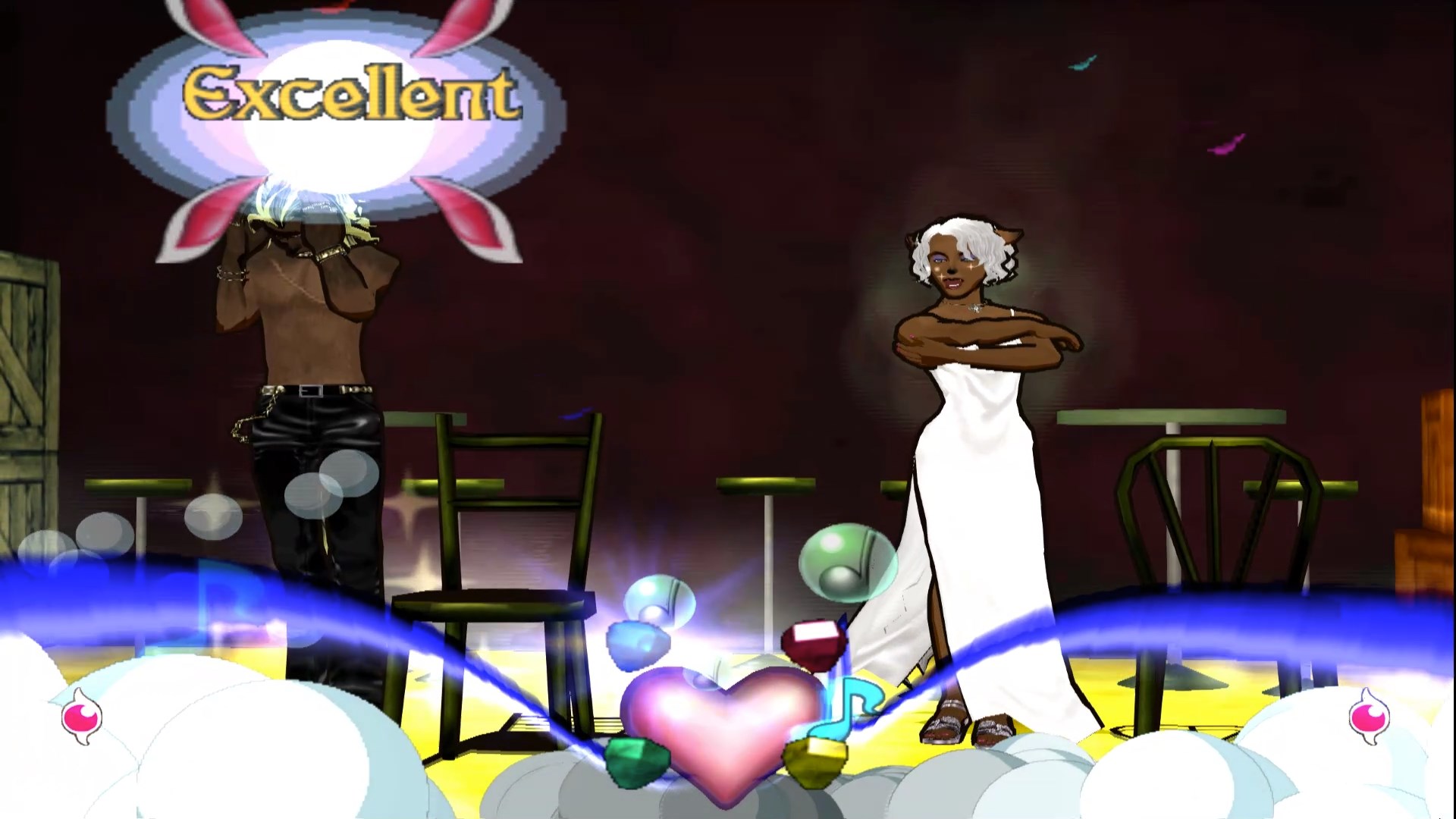
Dog of Bay is a very beautiful game for what was essentially a launch title for the PlayStation 2. Most games were experimenting with the cel-shaded art style that would see a resurgence twenty years later in games like Bomb Rush Cyberfunk and Dog of Bay was no different. The models look gorgeous if not a hint of uncanny realism, blurring the line between anthropomorphic dogs and humans.
Since the game takes place in the bar exclusively, it's the only background the player performs in. Each act, however, has a specific motif that makes each song unique. There are even duet songs featuring more than one performer, which helps to convey the story more.
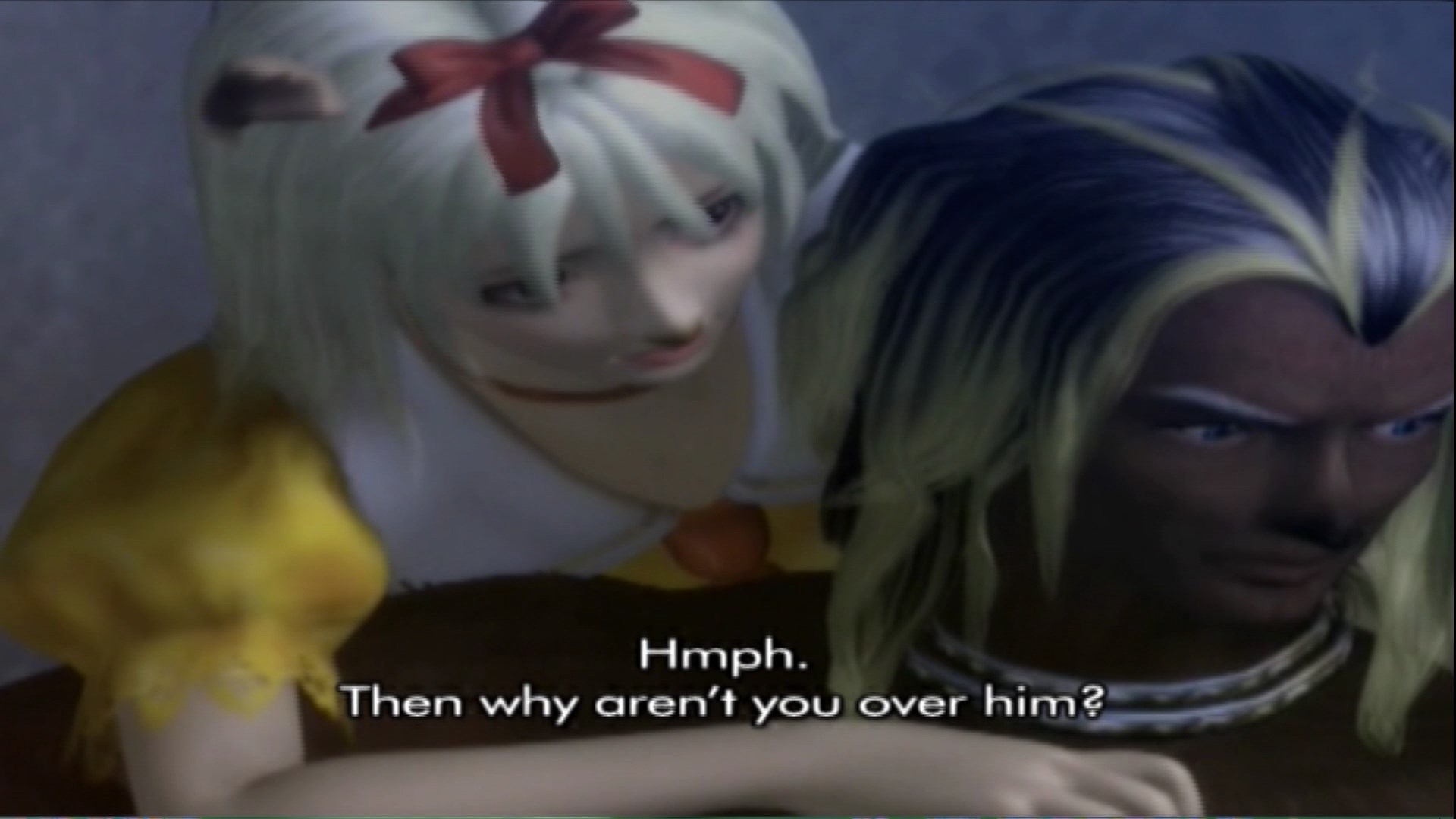
Unfortunately, the gameplay holds this game back from being a masterpiece. If the gameplay, arguably the main part of a video game, is a struggle to enjoy, then everything else falls flat. However, I appreciate Dog of Bay for its unique spin on Western-style musicals.
The Japanese always had an appreciation for theater and it was a nice project to see it conveyed under the media of video games. Check this one out, especially with Hilltop's translation efforts, as the story and acting are phenomenal even if the game itself is a dud.

